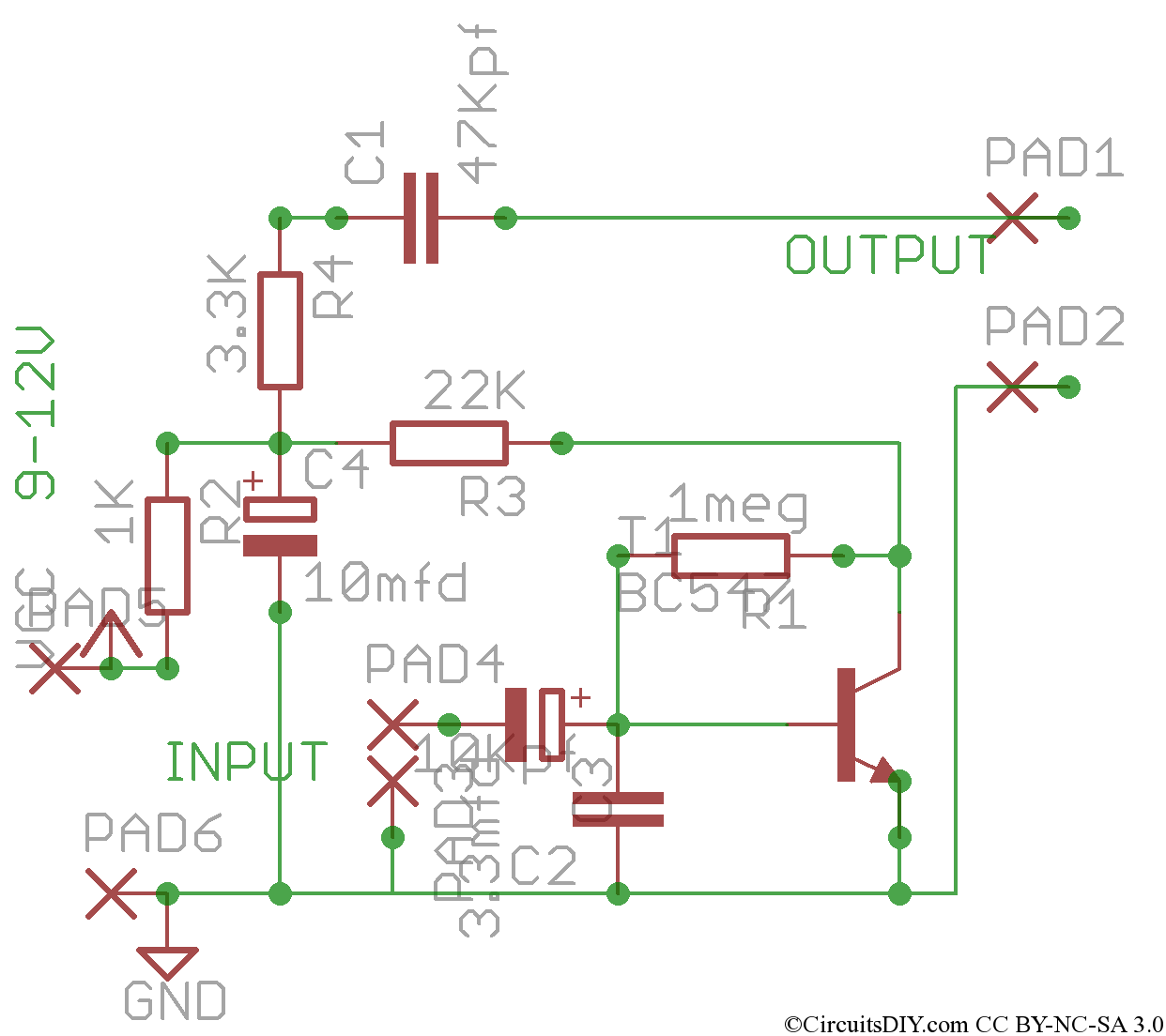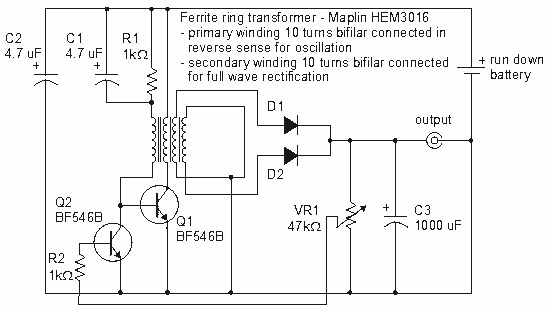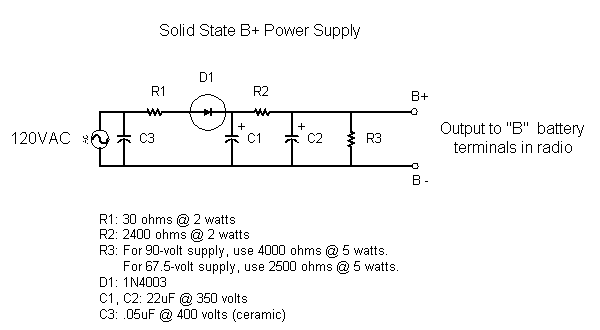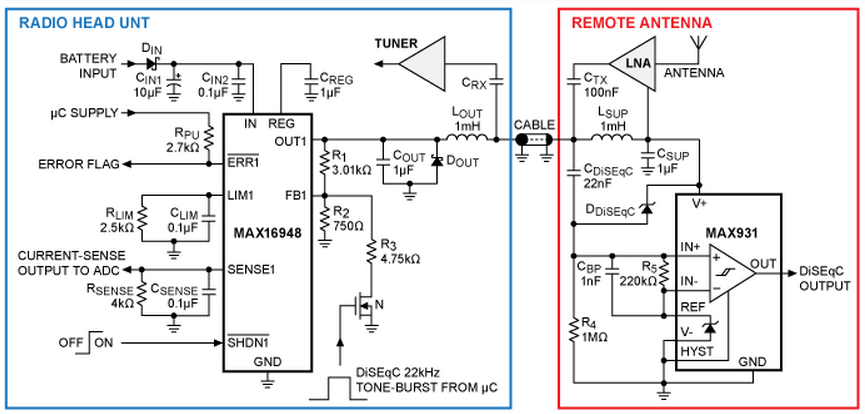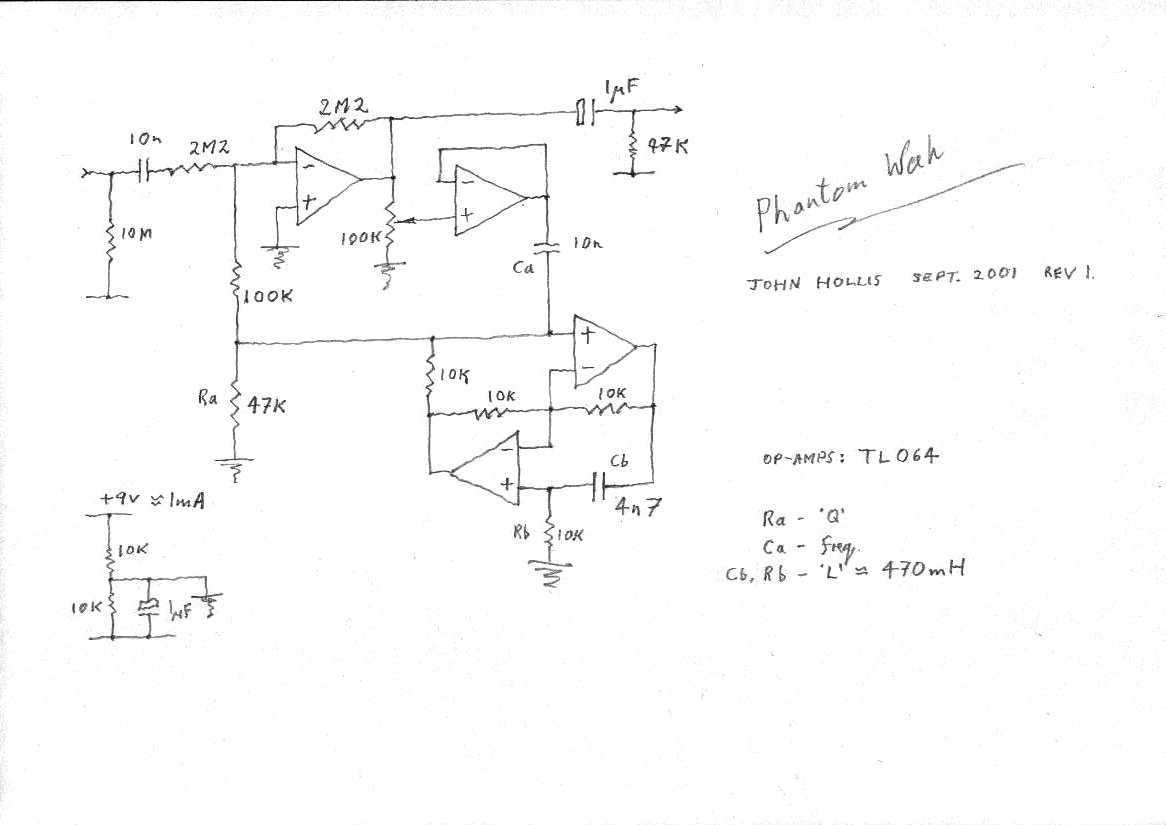
Phantom and T powering for condenser microphones
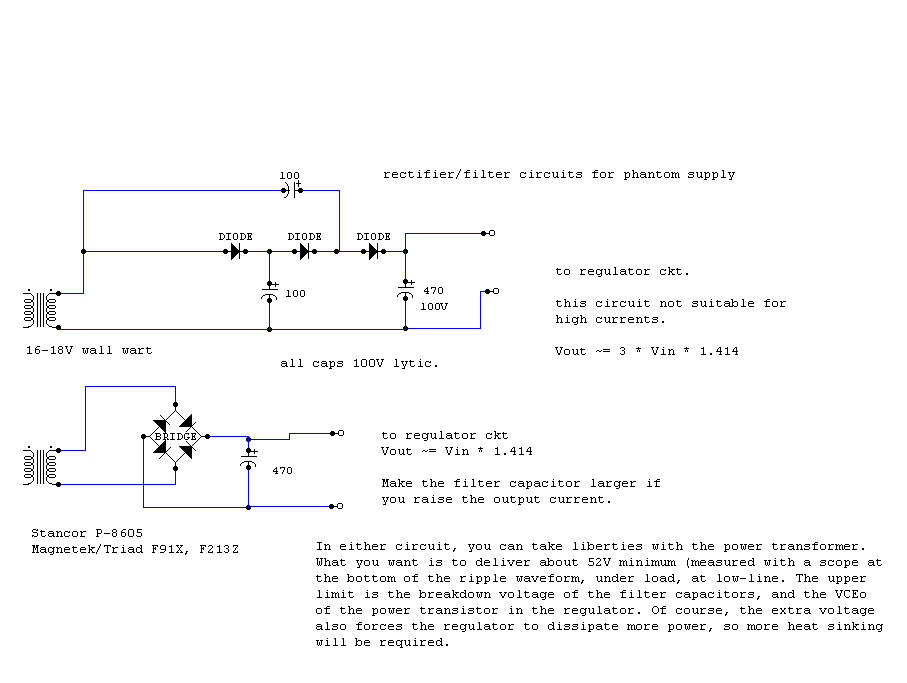
An RF condenser design powered by 12V was supplied to the microphone through the microphone cable using a phantom circuit. This marks the first known application of a phantom circuit for microphone powering. Around 1970, Neumann introduced the Fet-80 series of condenser microphones that were solid-state and remotely powered via the microphone cable. In typical German fashion, they declared these microphones to be the ultimate solution for all types of microphones and subsequently discontinued all their vacuum tube microphones. However, nearly 40 years later, it is recognized that the classic U47 microphone now commands a price comparable to that of a car. A series of articles explaining this significant concept and its operation is available. Neumann claims to have introduced the term "phantom power" and standardized the voltage at 48V, although Schoeps had previously developed a similar concept. Around 1965, another non-compatible system for powering condenser microphones via the microphone cable was in use, known as T-System, A-B Powering, or Modulation Lead Powering. Phantom powering utilizes pins 2 and 3 of the XLR connector for the positive side of the power supply, while pin 1 serves as the negative side. In contrast, T-powering applies the power source across pins 2 and 3, with pin 1 functioning solely as the shield conductor.
The RF condenser microphone circuit operates on a 12V power supply, which is transmitted through a phantom power configuration. This design allows for the microphone to receive power and audio signals simultaneously over the same cable, minimizing the need for additional wiring and ensuring a cleaner audio signal. The phantom power circuit typically utilizes an XLR connector, where pins 2 and 3 carry the positive voltage and the audio signal, while pin 1 is grounded and serves as a shield against electromagnetic interference.
In the context of the Fet-80 series microphones, the integration of solid-state technology allowed for greater reliability and reduced maintenance compared to their vacuum tube predecessors. The introduction of phantom power by Neumann represented a significant advancement in microphone technology, enabling longer cable runs without the degradation of audio quality. The standardization of the phantom power voltage at 48V has become a widely accepted practice in the industry, allowing for compatibility across various microphone brands and models.
The T-System, an earlier method for powering condenser microphones, operates differently by applying power across pins 2 and 3 while using pin 1 solely for shielding. This system, while effective, lacks the compatibility and convenience offered by phantom power, which has become the preferred method for professional audio applications. The evolution of microphone powering methods reflects the ongoing advancements in audio technology and the industry's push towards more efficient and effective solutions.An RF condenser design, it was powered by 12v, supplied to the microphone via the mike cable using a phantom circuit. This is the first known usage of a phantom circuit for microphone powering[1]. Sometime around 1970, Neumann introduced the Fet-80 series of condenser microphones that were solid state and remotely powered via the microphone cable.
In typical German fashion, they decreed that these microphones were the be-all and end-all to microphones of any sort, and they promptly discontinued all of their vacuum tube microphones. Of course, nearly 40 years later, we know different, with the venerable U47 now selling for the price of a car.
Here then, are a series of articles, that explain this important concept and how it works. BTW, Neumann "gave" the idea to the industry; they claim that they trademarked the term, phantom power, and gave the concept and the term to our industry. There! Something for free from Neumann! (But as you can see, Schoeps beat them to the punch, however it was Neumann who standardized the value at 48V.
) About that time (1965), another (non-compatible) system for powering condenser microphones via the microphone cable was in use. This system is known as T-System, A-B Powering or Modulation Lead Powering. Phantom powering uses pins 2 and 3 of the XLR for the postitive side of the power supply, and pin 1 of the XLR for the negative side of the supply.
T-powering puts the power source across pins 2 and 3, with pin 1 only serving as the shield conductor. 🔗 External reference
The RF condenser microphone circuit operates on a 12V power supply, which is transmitted through a phantom power configuration. This design allows for the microphone to receive power and audio signals simultaneously over the same cable, minimizing the need for additional wiring and ensuring a cleaner audio signal. The phantom power circuit typically utilizes an XLR connector, where pins 2 and 3 carry the positive voltage and the audio signal, while pin 1 is grounded and serves as a shield against electromagnetic interference.
In the context of the Fet-80 series microphones, the integration of solid-state technology allowed for greater reliability and reduced maintenance compared to their vacuum tube predecessors. The introduction of phantom power by Neumann represented a significant advancement in microphone technology, enabling longer cable runs without the degradation of audio quality. The standardization of the phantom power voltage at 48V has become a widely accepted practice in the industry, allowing for compatibility across various microphone brands and models.
The T-System, an earlier method for powering condenser microphones, operates differently by applying power across pins 2 and 3 while using pin 1 solely for shielding. This system, while effective, lacks the compatibility and convenience offered by phantom power, which has become the preferred method for professional audio applications. The evolution of microphone powering methods reflects the ongoing advancements in audio technology and the industry's push towards more efficient and effective solutions.An RF condenser design, it was powered by 12v, supplied to the microphone via the mike cable using a phantom circuit. This is the first known usage of a phantom circuit for microphone powering[1]. Sometime around 1970, Neumann introduced the Fet-80 series of condenser microphones that were solid state and remotely powered via the microphone cable.
In typical German fashion, they decreed that these microphones were the be-all and end-all to microphones of any sort, and they promptly discontinued all of their vacuum tube microphones. Of course, nearly 40 years later, we know different, with the venerable U47 now selling for the price of a car.
Here then, are a series of articles, that explain this important concept and how it works. BTW, Neumann "gave" the idea to the industry; they claim that they trademarked the term, phantom power, and gave the concept and the term to our industry. There! Something for free from Neumann! (But as you can see, Schoeps beat them to the punch, however it was Neumann who standardized the value at 48V.
) About that time (1965), another (non-compatible) system for powering condenser microphones via the microphone cable was in use. This system is known as T-System, A-B Powering or Modulation Lead Powering. Phantom powering uses pins 2 and 3 of the XLR for the postitive side of the power supply, and pin 1 of the XLR for the negative side of the supply.
T-powering puts the power source across pins 2 and 3, with pin 1 only serving as the shield conductor. 🔗 External reference
